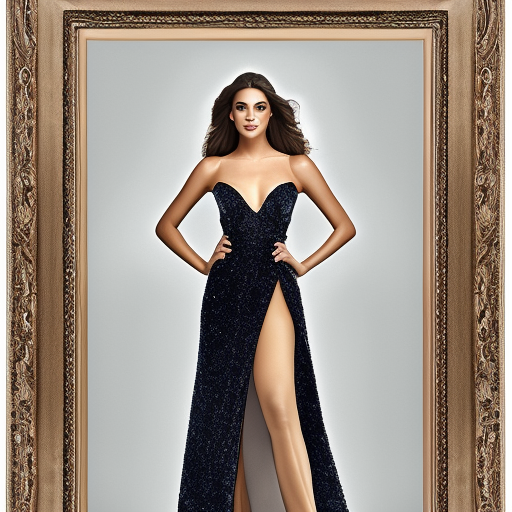Fashion Photography: Capturing Style and Beauty
Fashion photography is a dynamic and influential genre that combines art, style, and commerce. It involves photographing models, clothing, and accessories to showcase the latest trends and create visually captivating images. This summary explores the history, techniques, and impact of fashion photography.
History of Fashion Photography
Fashion photography emerged in the early 20th century when fashion magazines began using photographs instead of illustrations to showcase clothing designs. Pioneers like Edward Steichen and Baron Adolphe de Meyer revolutionized the field by experimenting with lighting, composition, and posing. The industry continued to evolve, with photographers such as Richard Avedon and Irving Penn pushing boundaries and redefining the art form.
Techniques and Approaches
Fashion photographers employ various techniques to capture the essence of clothing and accessories. Lighting plays a crucial role, with natural light, studio lighting, or a combination of both used to create different moods and effects. Composition and framing are carefully considered to highlight the garments and create visually appealing images. Fashion photographers also collaborate with stylists, makeup artists, and hair stylists to ensure the overall look and feel aligns with the desired aesthetic.
Genres within Fashion Photography
Fashion photography encompasses several sub-genres that cater to different styles and purposes. Editorial fashion photography is often seen in magazines and focuses on storytelling and artistic expression. Commercial fashion photography, on the other hand, is used for advertising campaigns and aims to sell products. Runway photography captures the energy and movement of fashion shows, while celebrity fashion photography showcases famous personalities wearing designer clothing.
Impact and Influence
Fashion photography has a significant impact on the fashion industry and popular culture. It shapes trends, influences consumer behavior, and helps establish brand identities. Iconic fashion photographs have the power to become cultural symbols and inspire generations. The work of renowned fashion photographers like Helmut Newton, Annie Leibovitz, and Mario Testino has left an indelible mark on the industry.
Challenges and Criticisms
While fashion photography is celebrated for its creativity and innovation, it also faces criticism. Some argue that it perpetuates unrealistic beauty standards and promotes consumerism. The lack of diversity in the industry has also been a subject of concern, with calls for more representation and inclusivity. However, efforts are being made to address these issues and promote a more inclusive and ethical approach to fashion photography.
The Future of Fashion Photography
As technology advances, fashion photography continues to evolve. Digital cameras and editing software have made the process more accessible, allowing aspiring photographers to experiment and create their own unique style. Social media platforms have also democratized the industry, giving rise to a new generation of self-made fashion photographers. Additionally, there is a growing emphasis on sustainability and ethical practices within the fashion industry, which is likely to influence the future of fashion photography.
In conclusion, fashion photography is a captivating blend of art, style, and commerce. It has a rich history, with pioneers and innovators shaping the industry into what it is today. Fashion photographers employ various techniques and approaches to capture the essence of clothing and accessories, while different genres cater to diverse styles and purposes. Fashion photography has a significant impact on the fashion industry and popular culture, shaping trends and influencing consumer behavior. While it faces challenges and criticisms, efforts are being made to promote inclusivity and ethical practices. As technology advances, the future of fashion photography looks promising, with new opportunities for creativity and a growing emphasis on sustainability.












